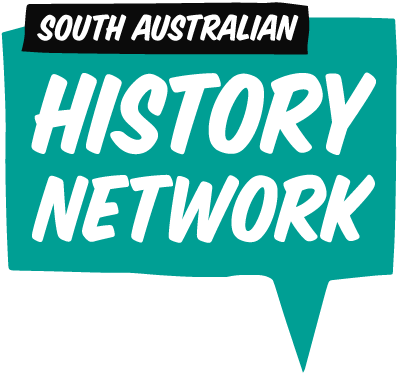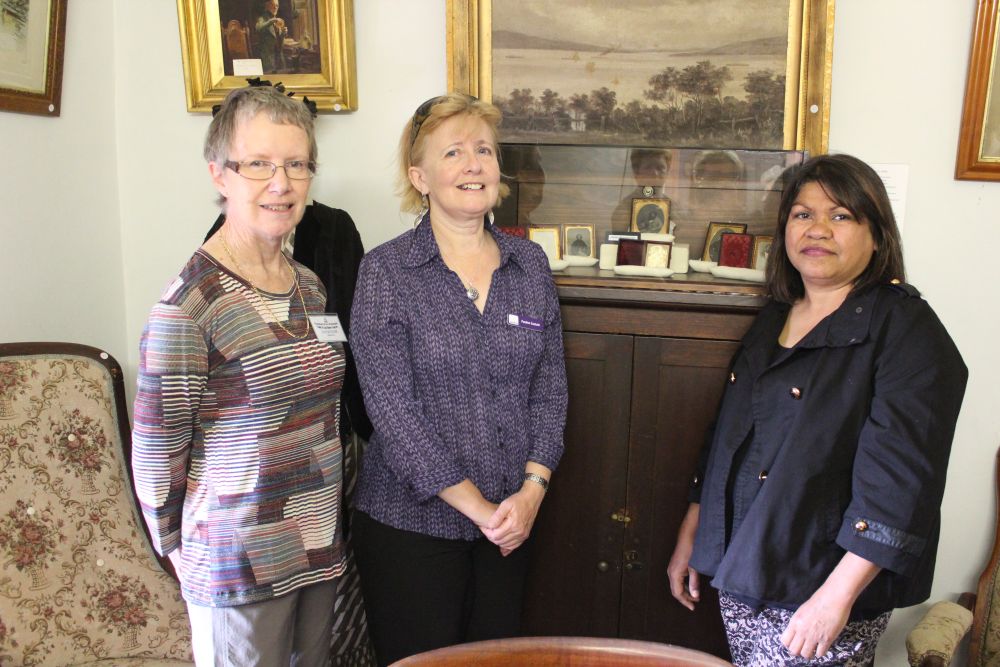I took a break from enquiries in the last week of the South Australian History Fund grant round and headed up to Port Pirie and Whyalla to visit three museums registered in the Community Museums Program. It’s been a few years since I last visited Port Pirie National Trust Museum in their lovely old railway station building, so it was great to catch-up with Mel, Peter and Stephen and talk about projects they’re planning. The museum has recently acquired an assortment of items from the recently greatly down-sized Prests Department Store, including windows and shop displays, tins, calendars and even office records that will be very useful for research. In its hey-day Prests was the biggest store in the town/region so the potential for telling a range of social history stories is immense.
From Port Pirie I headed up and then down the other side of the Peninsula to Whyalla to meet with Jenny at the Whyalla Maritime Museum. Plenty of the museums I work with have tiny collection items, but Whyalla has the hugest in the HMAS Whyalla, sitting high and dry as the focal point of the museum and visitor centre complex. Collection management nightmare!
The next morning I spent with several volunteers of the Mount Laura Homestead Museum. The museum has very recently been given priority use of a fabulous building constructed by council as a multi-purpose space. The museum has also gained use of the re-furbished former caretaker’s cottage and it was great to chat about moving all their collections management and administration functions into the building and the relative merits of where to put a compactus. The Museum has some really interesting local history artefacts, including the first aeroplanes to fly in the region (home made!)and a stationary engine with a particularly interesting history of use.





Recent Comments